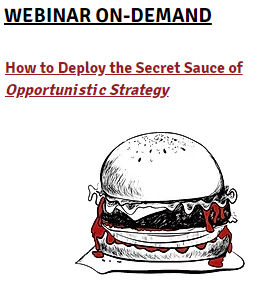Technology is neither inherently good nor inherently bad. It’s good only if it does something beneficial – makes things faster, easier, cheaper, or better. And then, of course, the question is faster, easier, cheaper or better for whom?
I recently went with my son to a trendy burger place in Westwood, adjacent to UCLA. For an upscale fast food place, the interior design was top-notch. However, as opposed to ordering from an employee at the counter, you’re directed to one of two iPads mounted on the wall, each mated with a credit card reader.
Very trendy, but very slow. First you build your burger, then you order fries, then you order a drink — one at a time. We moved through the process as quickly as it allowed, but it took at least 4 minutes from start to finish.
Because we beat the lunch crowd, and had only a few minutes wait to use the iPad, the time spent was not much of a problem. However, within a few minutes there was a line out the door.
Yes, the technology certainly looked trendy. It enabled the restaurant to have one employee at the counter to monitor things and deliver the food, as opposed to having a larger payroll. However, if I had to stand in a long line to wait for an iPad to open up, I’d probably go someplace else.
It occurs to me that the indiscriminate use of technology, or the use of it to benefit the wrong party, is akin to the adoption and enforcement of rules.
Take, for example, a rule requiring the completion of a certain form in your practice that duplicates information captured elsewhere. Perhaps it’s a form required of patients. Perhaps it’s a form required of your group’s physicians. For whose benefit was the rule adopted? How can it be made to also benefit the person having to comply? What incentives can be tied to compliance?
What the burger place thought was cool technology that reduced their labor costs was, from the customer’s perspective, a pain in the ass. It would’ve taken 45 seconds to place the order with a live person as opposed to 4 minutes with the machine. And, the restaurant completely overlooked the notion of programming any attempt to up-sell the order – “Would you like fries with that?”
Are your group’s rules built from the same stuff? Are the hospital’s?
When you have trouble with compliance, think about it from that perspective.




